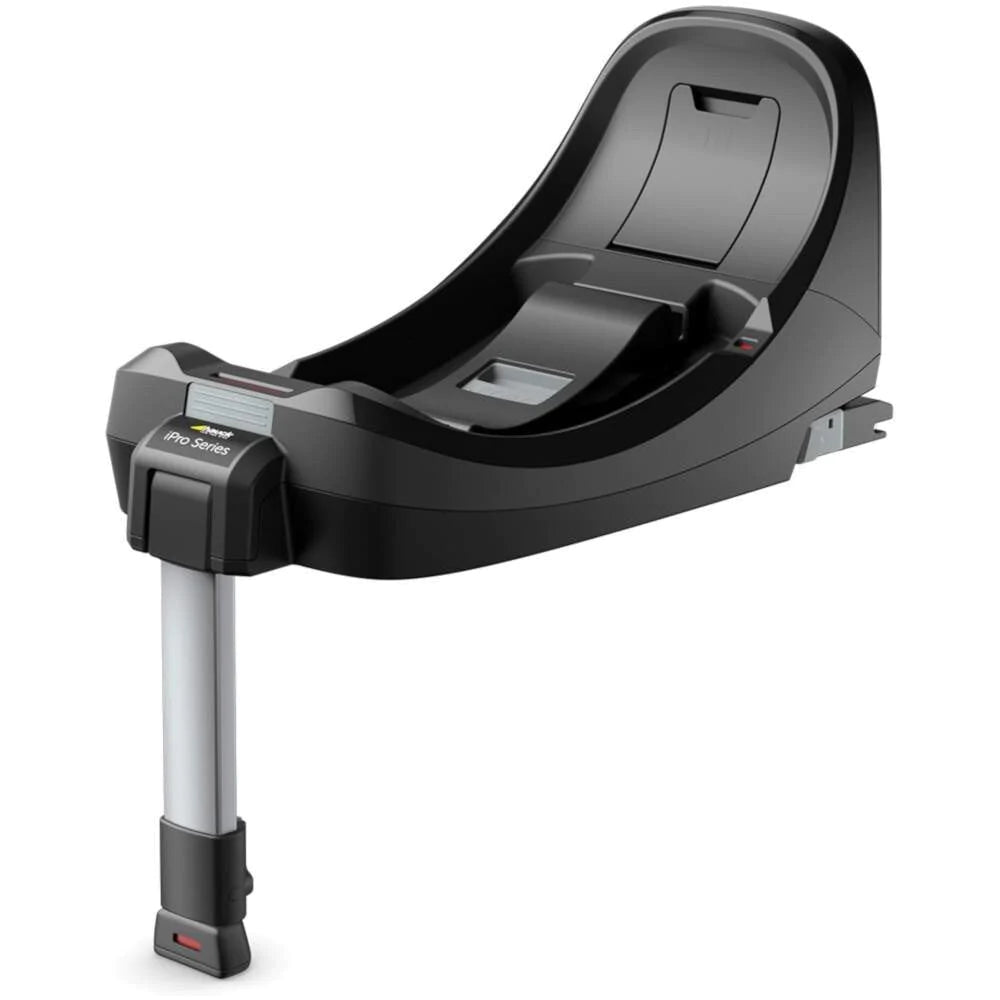Many parents with young babies wonder, when can my baby go in a pushchair, and when is my baby too old for their pram? All babies grow and develop at a unique rate, but there are some guidelines to help you decide when to transition from a pram to a pushchair. In this blog, we'll outline these guidelines, explain the key differences between prams and pushchairs, and help you decide what type of pram, pushchair or travel system to invest in if you're looking for new wheels for your little one.
When can my baby go in a pushchair?
Many parents wonder, when can my baby go in a pushchair? The answer is simple - whenever they start to sit up unaided. Generally, this is somewhere around six months or older. There is no definitive age when it is right for a child to transition from a pram to a pushchair, but it is vital that they've developed the core strength necessary to keep themselves upright in a sitting position.
It's also a good idea to factor in the age or weight limits of your pram when considering when to transition into a pushchair. Prams are designed with newborn babies in mind and tend not to be suitable after the age of around six months. They always have an upper weight limit, so if your baby is nearing this weight it could be time to move into a pushchair.
What's the difference between a pram and pushchair?
A pram is designed for transporting newborn babies because it allows them to lie flat on their backs. This is the optimum position for very young babies because it supports lung and spine development. Prams tend to have a rear-facing position so that baby and parent can keep an eye on each other, which gives parents peace of mind and helps the baby to feel safe and secure.
A pushchair is designed for older babies and toddlers. The traditional pushchair design is forward-facing so that the little one can look out at the world in front of them. Some modern varieties have adjustable seats that can be either forward- or rear-facing, with the latter being ideal for younger children who want the reassurance of being able to see their parent.
Some prams convert into pushchairs and can be used from birth. These 2 in 1 varieties are great when babies reach the six-month age and are starting to sit up but tend to get tired on long outings. Convertible prams have carrycots that can lie flat for sleeping or fold down into a seat for when baby wants to sit upright. Keep in mind that these tend to have relatively low upper weight limits compared to standalone pushchairs, which tend to be sturdier and more suitable for toddlers.
How to choose the right pushchair
If you think your baby is ready to move into a pushchair, it's time to start considering the options available. Here are some factors to keep in mind when shopping for a new pushchair:
Size and weight
The size and weight of a pushchair affect its ease of use. Small, compact and lightweight pushchairs are ideal for families with limited storage space, and they're great if you'll be lifting the pushchair in and out of the car regularly. However, lightweight pushchairs tend not to be as robust and durable as heavy. If the pushchair is set to get lots of use, particularly on rough terrain, it might be better to opt for a heavier and sturdier model. If you'll be doing lots of short, urban trips with the pushchair and carrying it on and off public transport, look for lightweight models that easily fold up and down.
Weight and age limits
All pushchairs have upper age and weight limits so consider these when you buy. If you're looking for a pushchair that will last from six months right up until your little one is walking at 3 or 4 years old, you can expect a larger price tag and a more robust, durable and heavy frame. If you don't mind replacing the pushchair as your child grows, you can choose smaller and cheaper models.
Storage
Some pushchairs have generous storage solutions, such as a basket under the seat, bags or pockets at the rear, and cupholders mounted to the handles. These are ideal for parents who take lots of long walks with the pram. These features do add weight and bulk to the pushchair so if you'd prefer a light and compact model, you may have to forgo storage.
Terrain suitability
Consider the types of terrain you'll be using the pushchair on and look for a compatible model. Some pushchairs are made with large, treaded wheels that are suitable for rough, off-road terrain which is great for parents who plan to go hiking off the beaten track with their little one. Others are specifically designed for urban living and have very small wheels to optimise manoeuvrability. You can also find runner pushchairs which are designed specifically for parents who want to take their little one out when they go jogging.
Browse our full range of pushchairs now
Once you've considered what type of features you want in a pushchair, it's time to compare a variety of brands and models. Pushchairs range in price from as little as £90 right up to £800, so there are options available for a variety of budgets.
The more expensive pushchair models are 2 in 1 systems and include a convertible carrycot that folds down into a chair. These are a great investment if you're looking for a pushchair to use from birth. Look out also for models that come with additional accessories like nappy bags, rain covers and mosquito nets, all of which will come in handy on your travels.
Check out our full range of pushchairs now to discover high quality strollers from popular brands including Venicci, Kinderkraft, Hauck and Ickle Bubba.



